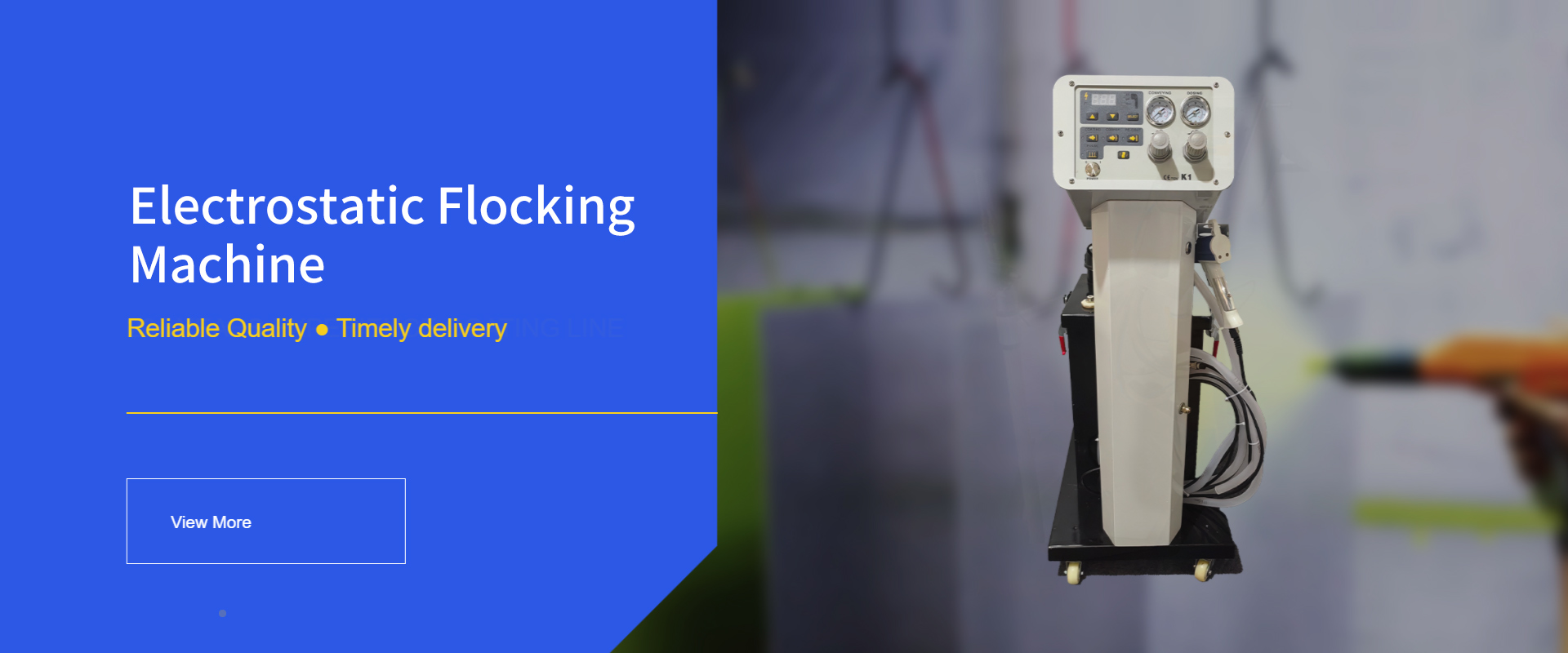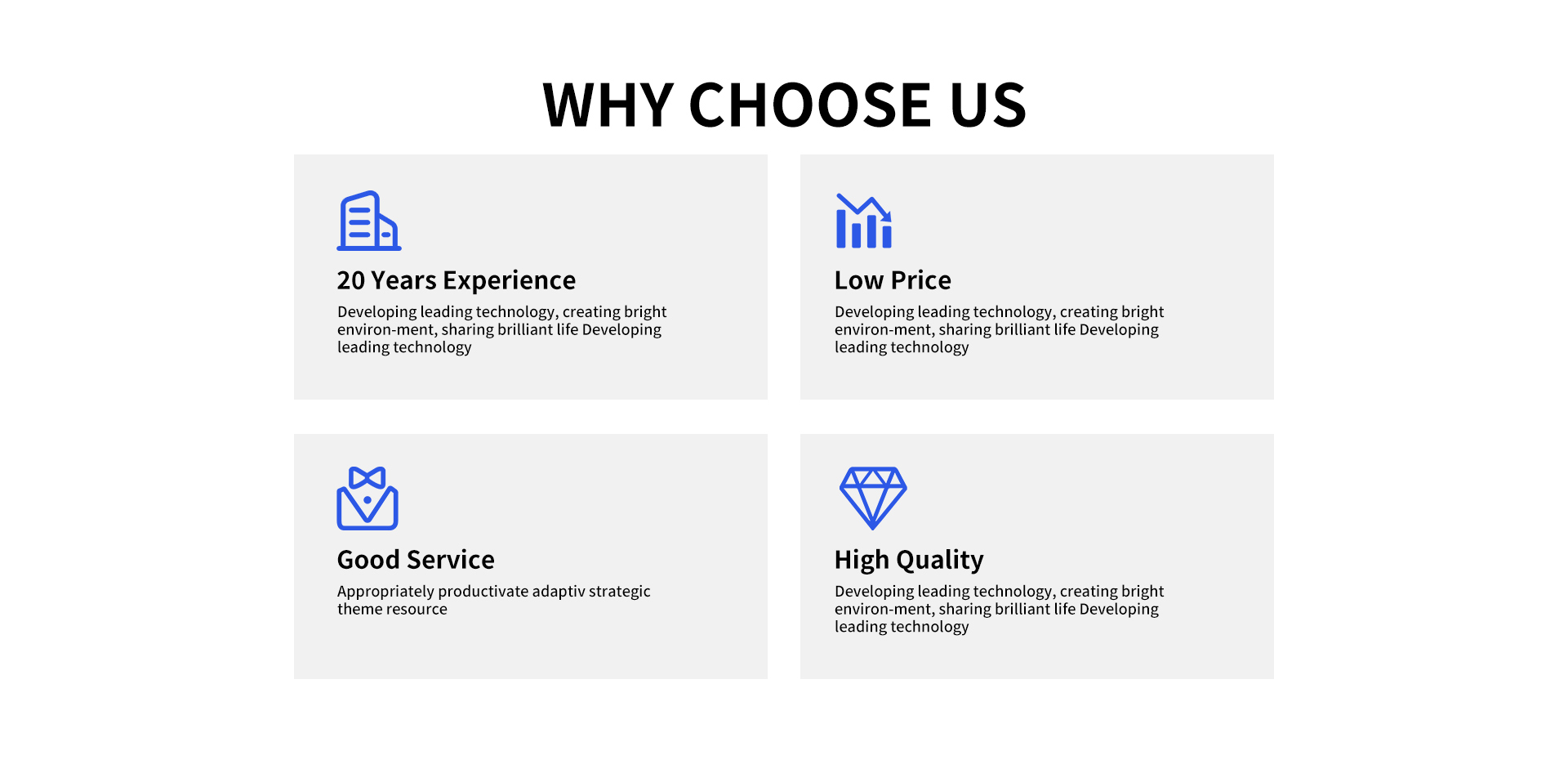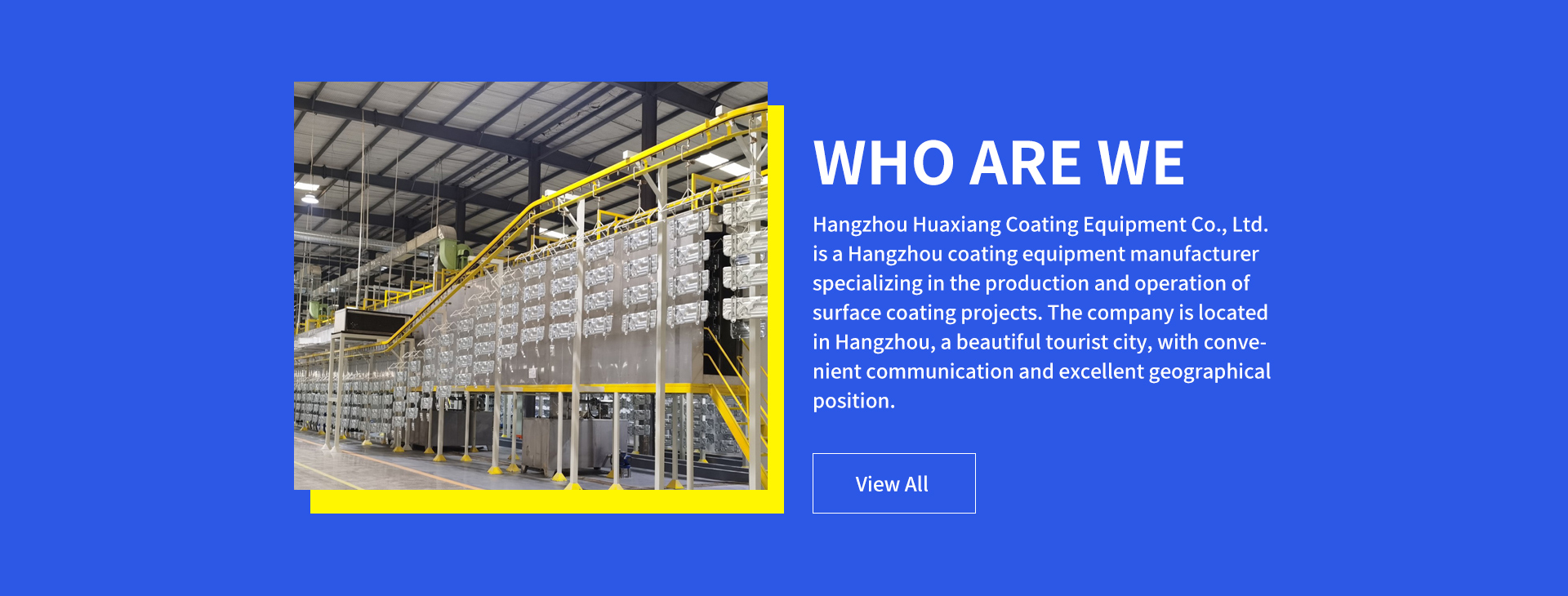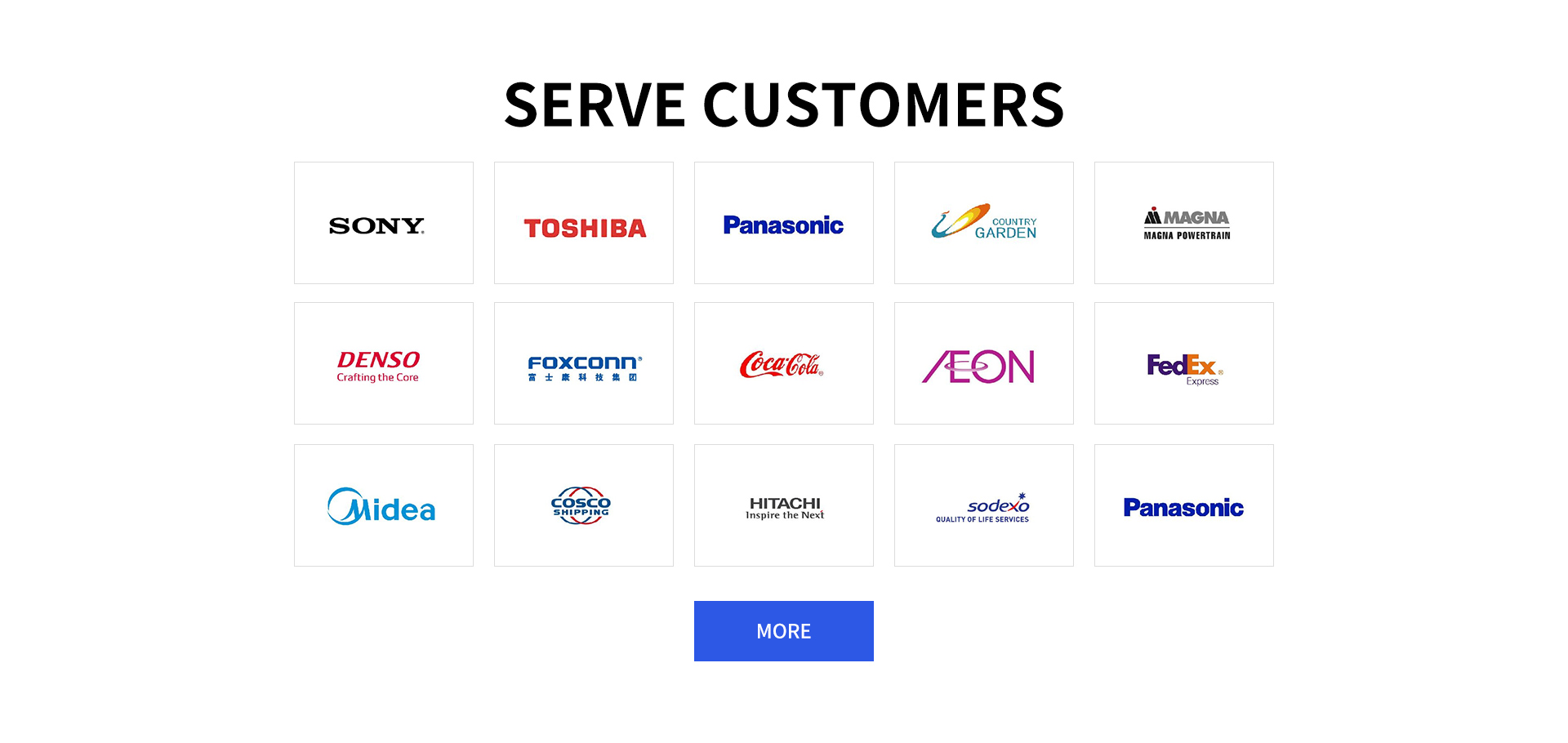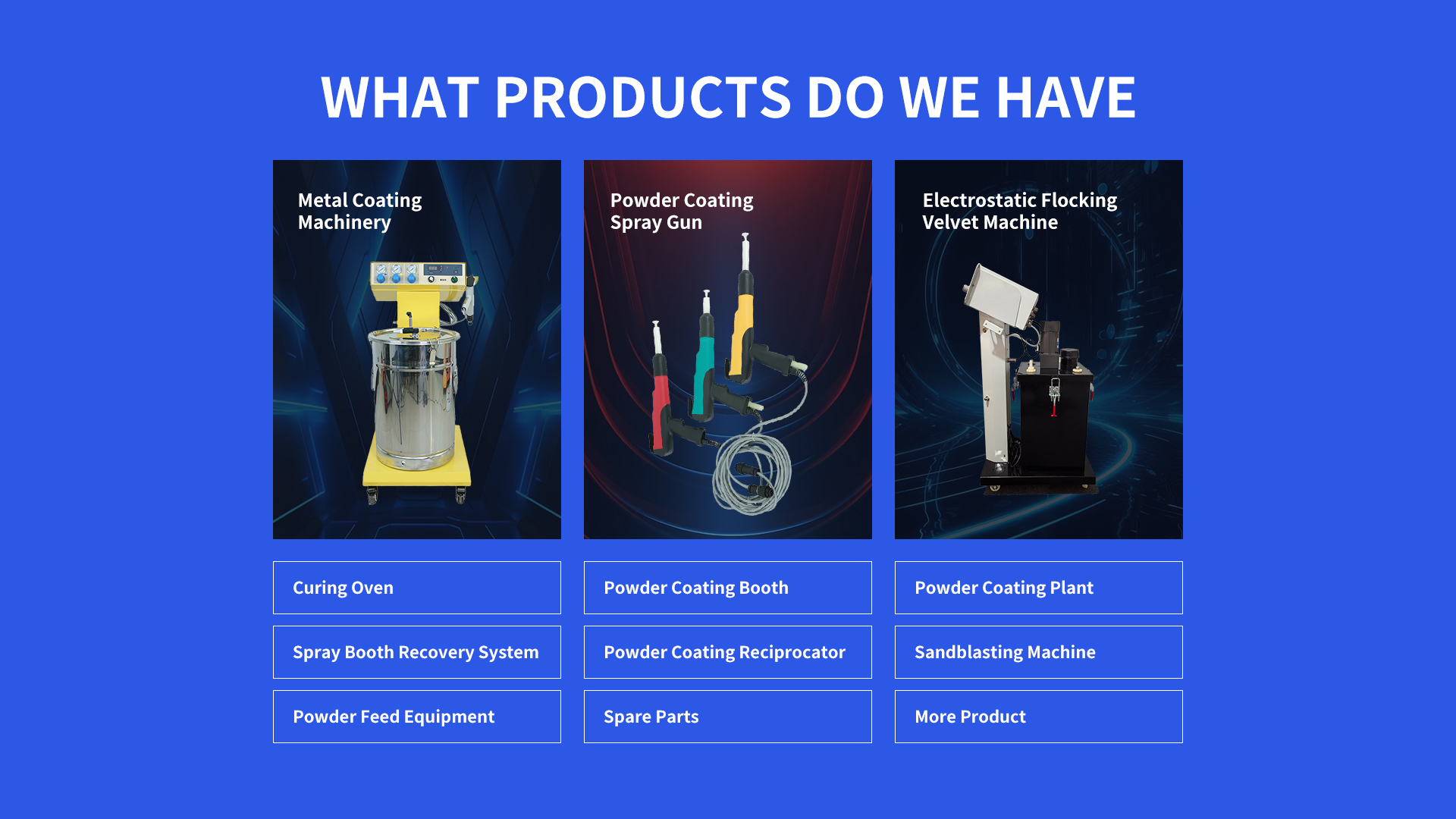Industrial Powder Coat Booth A Complete Guide for Users
Industrial Powder Coat Booths see high demand across manufacturing, automotive, and furniture sectors for durable finishes. Prices vary: small, basic models start around $4,000, mid-sized ones range from $15,000 to $30,000, and large, automated systems exceed $60,000, based on features and capacity.
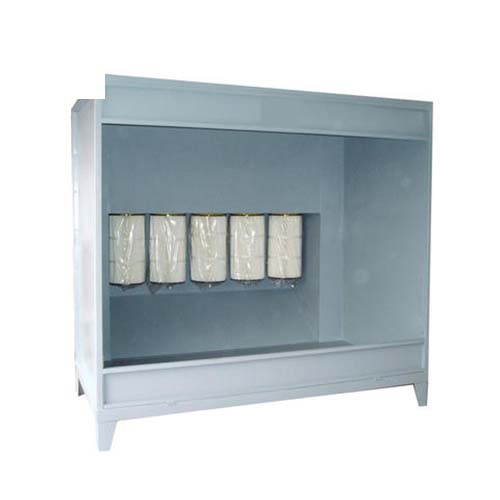
Industrial Powder Coat Booth Coating Project IntroductionAn
Industrial Powder Coat Booth serves as the core of coating projects, providing a controlled space to apply powder coatings. These projects focus on enhancing surface durability, resisting corrosion, and improving visual appeal. Whether coating metal frames, machinery parts, or outdoor fixtures, the booth ensures the powder adheres evenly, creating a smooth finish. The project flow includes surface prep, powder application, and curing, with the booth preventing external contaminants from spoiling the coating.
Industrial Powder Coat Booth Surface Treatment Process TechnologyIndustrial Powder Coat Booth depends on advanced surface treatment technology for strong powder adhesion. Surfaces are first cleaned via methods like abrasive blasting or solvent cleaning to remove dirt, rust, and oils. The booth contains this process, stopping contaminants from spreading. Post-cleaning, the powder is electrostatically charged and sprayed, sticking to the surface due to the charge. The booth’s airflow system captures excess powder, enabling recovery and reuse, boosting efficiency and reducing waste.
Industrial Powder Coat Booth What It IsAn
Industrial Powder Coat Booth is a specialized enclosure built to manage the powder coating application. It controls air movement, traps overspray, and keeps the environment clean for high-quality results. Types include batch booths for small jobs and inline booths for continuous production. It safeguards workers, minimizes powder loss, and ensures consistent coatings on metals and other suitable materials.
Industrial Powder Coat Booth Components
Booth Housing: The outer structure of the Industrial Powder Coat Booth, usually made of heavy-duty steel, forms a secure enclosure. It keeps powder inside and shields the surrounding area from overspray, with sizes tailored to fit different workpiece dimensions.
Air Handling System: This part regulates airflow in the Industrial Powder Coat Booth, using fans to create negative pressure. It draws excess powder toward collection mechanisms, maintaining clean air and preventing powder escape.
Powder Recovery Unit: This component collects unused powder, often through filters or cyclones. Recovered powder can be reused, cutting material expenses and reducing waste. It also keeps the booth’s internal components free from powder buildup.
Industrial Powder Coat Booth Advantages of Coating GunsIndustrial Powder Coat Booth works with Industrial Powder Coating Guns to deliver key benefits. These guns apply powder evenly via electrostatic charge, ensuring consistent coverage. They reduce overspray, lowering material waste. The combination of booth and gun creates a more efficient process than liquid painting, with faster curing times. Coatings from this setup resist scratches and UV damage, lasting longer. The guns are easy to adjust, allowing customization for different surface types and coating thicknesses.
Industrial Powder Coat Booth Frequently Asked Questions
How to Determine the Best Industrial Powder Coat Booth Type for My BusinessAssess production volume first. For low-volume, irregular jobs, a batch
Industrial Powder Coat Booth suits well, as it’s flexible for varying workpiece sizes. High-volume, repetitive tasks need a conveyorized booth, which automates movement for continuous coating. Consider workpiece size: large items require booths with ample internal space. Also, check space availability in your facility—conveyorized booths need more room. Evaluate budget: batch booths cost less initially, while conveyorized ones save time long-term. Matching the booth type to your needs ensures optimal productivity.
How to Set Up an Industrial Powder Coat Booth CorrectlyStart by choosing a level, well-ventilated area, away from dust sources. Anchor the
Industrial Powder Coat Booth to the floor to prevent movement. Connect the ventilation system to an exhaust outlet, ensuring proper airflow—follow manufacturer specs for duct size. Install the powder recovery unit, securing filters tightly to avoid leaks. Connect the Industrial Powder Coating Gun to the booth’s power source, checking voltage compatibility. Test airflow with a smoke pencil to ensure negative pressure, keeping powder inside. Calibrate the gun’s settings for the powder type, adjusting voltage and feed rate. A correct setup prevents issues like uneven coating and powder leakage.
How to Clean an Industrial Powder Coat Booth Effectively
Turn off the booth and disconnect power first. Remove excess powder from surfaces using a soft brush or vacuum with a HEPA filter—avoid using water, as it can clump powder. Clean filters in the recovery unit: shake loose powder, then rinse if reusable, or replace disposable ones. Wipe the booth’s interior with a dry cloth to remove remaining residue. Check corners and crevices for buildup, as these areas trap powder. Clean the Industrial Powder Coating Gun separately, wiping the nozzle and removing clogs with a wire brush. Regular cleaning, ideally after each shift, maintains booth efficiency and coating quality.
How to Fix Common Coating Defects in an Industrial Powder Coat Booth
If orange peel occurs (rough texture), check the Industrial Powder Coating Gun’s settings—reduce powder feed rate or increase voltage. For pinholes, ensure surfaces are fully dry before coating, as moisture causes bubbles. If powder doesn’t adhere, clean the surface again to remove oils or rust. Uneven thickness may come from inconsistent gun movement—train operators to maintain steady speed and distance. Curing issues, like under-curing, mean adjusting oven temperature or time. Most defects stem from improper prep or settings, so systematic checks of each step in the Industrial Powder Coat Booth process resolve them.
How to Calculate the Operating Costs of an Industrial Powder Coat Booth
Include initial purchase cost, then add ongoing expenses. Powder costs depend on usage—estimate based on workpiece surface area and coating thickness. Energy costs cover booth ventilation, curing oven, and gun operation—check power ratings for monthly usage. Labor costs include operator time for setup, coating, and cleaning. Maintenance expenses: filter replacements, gun repairs, and booth upkeep—budget for these quarterly. Factor in waste: unrecovered powder adds to material costs. Comparing total monthly costs to production output helps determine the booth’s cost-effectiveness, guiding decisions on efficiency improvements.
Statement: Hangzhou Huaxiang Coating Equipment Co., Ltd Chinese Powder Coating Equipment facturers provide you with customized equipment for various types of Powder Coating Lines, Powder Coating Ovens, Powder Coating Booths,Powder Coating Guns, etc. For inquiries! Contact us at
Email: gezx@cncolourspray.com
WhatsApp: +86 13335812068

